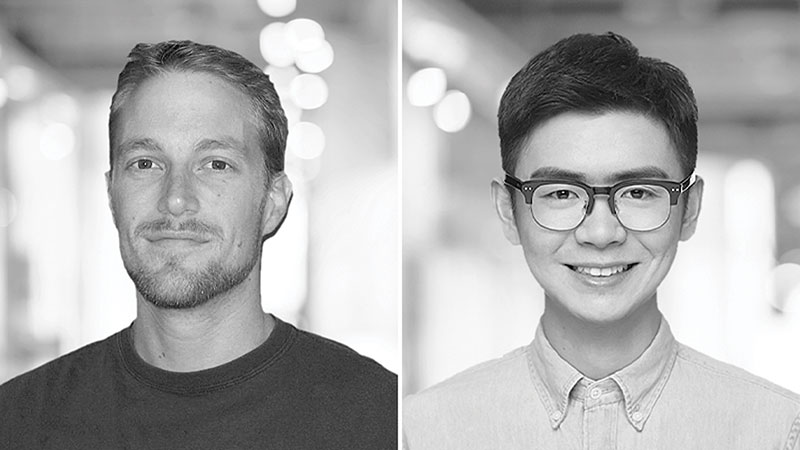
Graduate student Kai Sheng has been awarded the J. Hammond Scholarship in Biophysics for his research in ribosomes and how these cellular organelles assemble. The $5,000 fellowship award is donated by the W.P. Carey Foundation.
Sheng is currently studying in the lab of Jamie Williamson, PhD, professor in the Department of Integrative Structural and Computational Biology at Scripps Research. While initially trained as a chemical biologist during his undergraduate schooling at Peking University, Sheng has now turned his research focus to ribosomes—which he views as “one of the most beautiful, sophisticated and complex systems in biology.”
“A dedicated student and researcher, Sheng represents the next generation of scientists who will change the world with their future discoveries,” says Philip Dawson, PhD, dean of Graduate and Postdoctoral Studies and a professor in the Department of Chemistry at Scripps Research. “He is incredibly deserving of this fellowship, and I look forward to seeing where his passion and curiosity for the scientific world take him.”
The scholarship is named for J (John) Hammond, PhD, director of the Biophysics and Biochemistry Core and a senior staff scientist also in Wiliamson’s lab. For more than 12 years, Hammond has played an instrumental role in understanding the assembly, function and overall structure of viral complexes, including how these pathogens utilize the host’s protein machinery for replication.
“I think of J as a jack of all trades,” says Williamson. “He first came to my lab as a biochemist roughly a decade ago, and I’ve watched him evolve into becoming our ‘go-to guy.’ If anyone ever had a question, we would send them to J because he just knew how to do everything.”
Recently, Hammond has been studying the complexes required for HIV-1 replication and assembly. This includes the Gag protein, which is one of the key proteins that forms the capsid (or outer shell) of the virus. By using a mixture of biochemical, biophysical and cellular biology techniques, Hammond was responsible for reshaping the leading theory for how Gag assembles—a key discovery that deepens our understanding of HIV-1 and could lead to more targeted treatments.
Over the last two years, Hammond has also served as the director of the newly established Biophysics and Biochemistry Core at Scripps Research. This entailed him renovating and introducing numerous cutting-edge instruments to the space. The Biophysics Core is a user-access lab, meaning that other Scripps Research scientists are able to use the facility—often times, Hammond trained these researchers on how to use the technologies.
“I saw J grow to be a mentor, especially in his role as the core director. He became so capable at managing many different projects at a high level, all while rallying the troops alongside him,” Williamson adds.
Hammond received his PhD in biochemistry and molecular biology from the University of Colorado Medical Campus, as well as his bachelor’s degree in medical microbiology and bacteriology from Brigham Young University. Shortly after joining the Williamson lab at Scripps Research, he was awarded a postdoctoral fellowship by the American Cancer Society.
Hammond will be retiring due to the advancement of his amyotrophic lateral sclerosis (ALS). ALS is a progressive neuromuscular disease that causes the nerve cells in the spinal cord and brain to degenerate, leading to muscle atrophy and loss of voluntary movement. While scientists are making significant progress in understanding the disease and how to treat it, there is currently no cure.
“I’ve always deeply admired J’s drive and character, and I am so grateful that I have had the opportunity to work alongside and learn from him over these last 12 years. It is an honor to award Kai this scholarship in J’s name,” Williamson says.
“This is a fantastic opportunity for budding researchers like Kai, and I am honored to be associated with it. Working with Jamie, with other Scripps researchers, and in this field have all been major highlights of my life. I’ve enjoyed coming to work every day that I have been lucky enough to have the chance, and I hope that future researchers find as much joy in it as I have,” Hammond says.